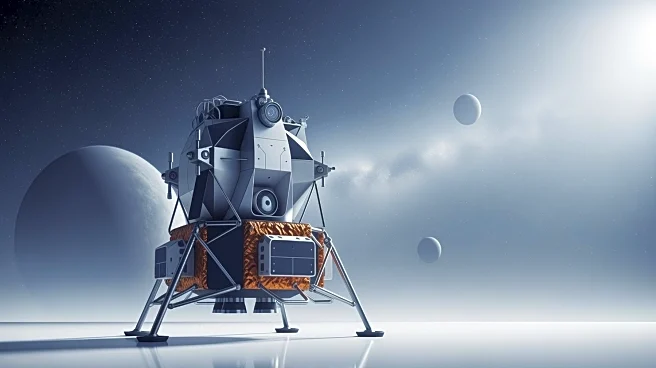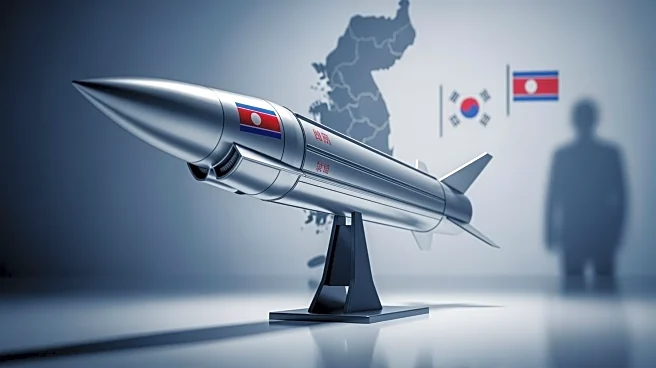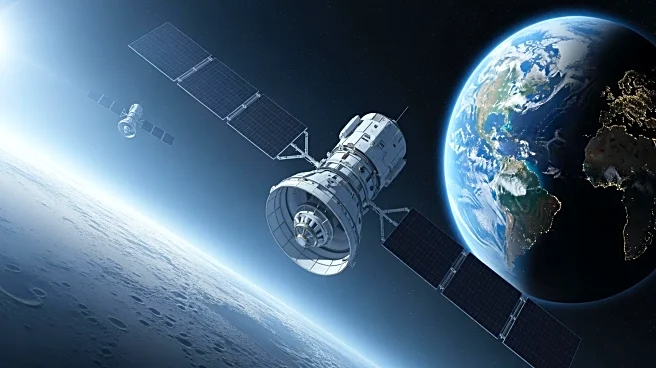What's Happening?
President Trump has taken significant steps to bolster NASA's capabilities and leadership in space exploration. During his first term, he re-established the National Space Council, an inter-agency body
that had been inactive for decades, to enhance coordination on space policy, budgets, and commerce. This move was part of a broader strategy to refocus NASA on ambitious objectives, including returning Americans to the Moon and eventually reaching Mars. The administration issued Space Policy Directive-1 in December 2017, prioritizing a U.S.-led lunar return and leveraging commercial and international partnerships. Additionally, President Trump supported NASA with increased funding through a budget amendment in 2019, which aimed to propel the lunar mission forward. The Artemis Accords, launched in October 2020, further solidified America's leadership in space exploration by establishing principles for international cooperation on lunar and beyond missions.
Why It's Important?
The reestablishment of the National Space Council and the strategic directives under President Trump have significant implications for U.S. leadership in space exploration. By prioritizing lunar missions and fostering international cooperation through the Artemis Accords, the administration aims to secure valuable resources on the Moon, such as helium-3, which could support fusion energy production on Earth. This initiative not only strengthens America's position in space but also counters potential competition from countries like China and Russia, which have shown interest in lunar resources but have not signed the Artemis Accords. The focus on commercial space innovation and regulatory streamlining further supports economic growth and technological advancements, ensuring the U.S. maintains its competitive edge in the space industry.
What's Next?
With President Trump back in office, NASA is expected to continue advancing its Artemis program, aiming to establish a permanent lunar base as a stepping stone for future Mars exploration. The Artemis II mission, scheduled for 2026, will be the first crewed Orion flight around the Moon. The administration's recent executive order to streamline regulations and foster a competitive commercial space industry will likely accelerate spaceport development and authorize new space activities. These efforts are poised to enhance NASA's operational efficiency and strengthen America's leadership in space exploration.
Beyond the Headlines
The strategic focus on space exploration under President Trump highlights broader geopolitical and economic dimensions. By securing lunar resources and fostering international cooperation, the U.S. not only advances its scientific and technological capabilities but also strengthens its diplomatic and strategic position globally. The emphasis on commercial space innovation reflects a long-term vision for economic growth and technological leadership, positioning the U.S. as a key player in the emerging space economy.












